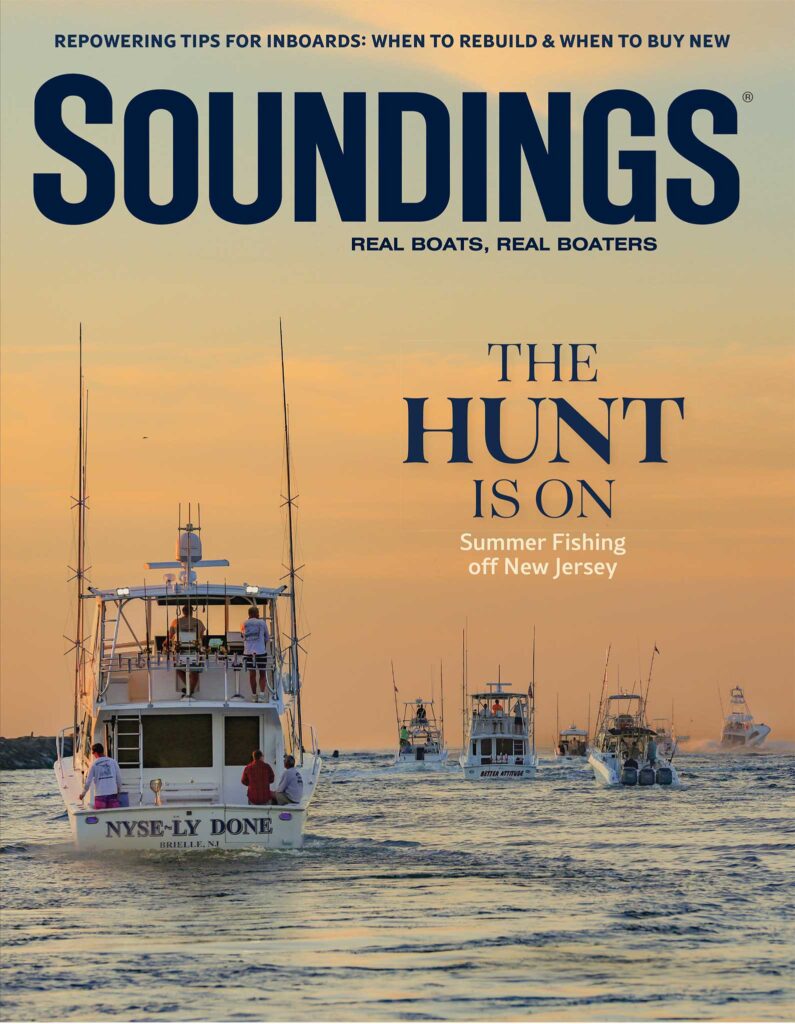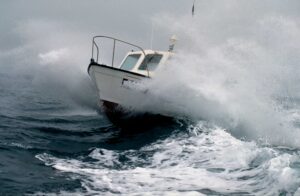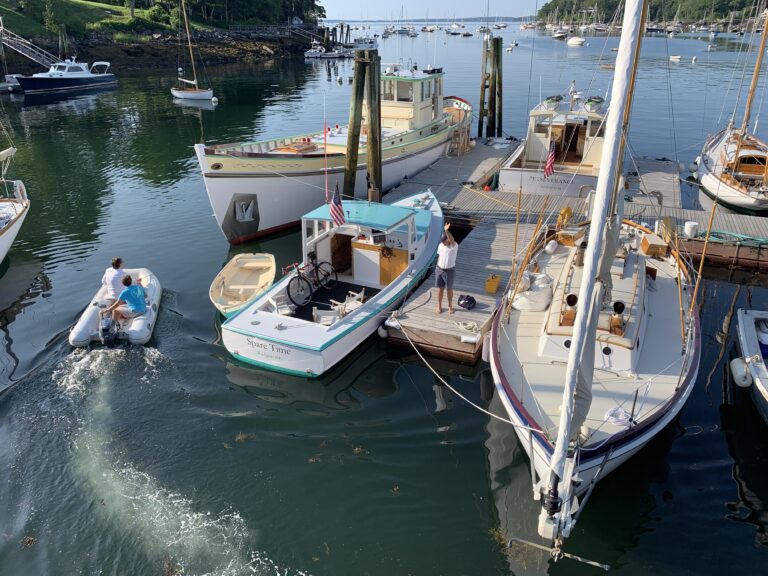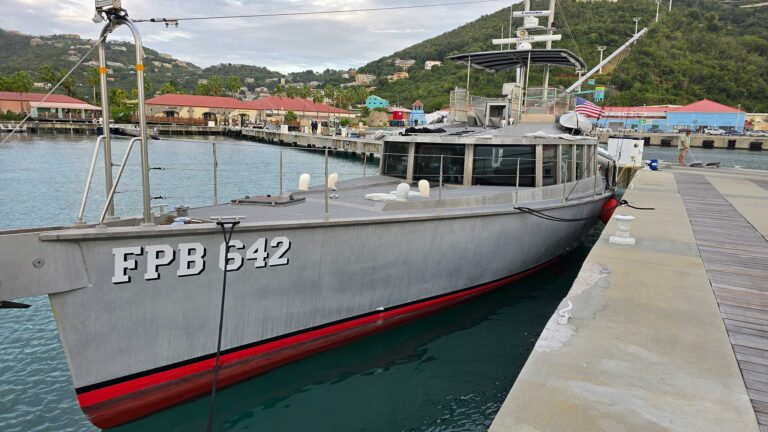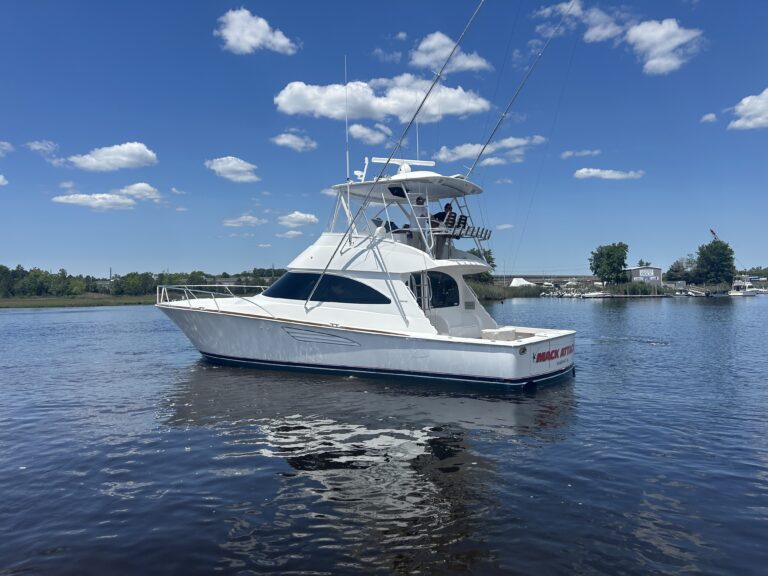
Offshore fishing requires jumping through a lot of hoops, spending a lot of hard-earned dough and dedicating a lot of time. After all that work and expense, few things are more depressing than returning to the dock after an unsuccessful day offshore, and then refilling a hungry fuel tank while dumping hundreds of pounds of unused ice over the side of the boat.
What’s undoubtedly even worse is ending an entire season this way. There are certainly no guarantees in fishing, but when the days grow shorter and you foresee the season coming to a close, there are a few measures you can take to ensure it doesn’t end on a ruinous note.
Switch out a couple of your usual offshore offerings for very small lures. Pink plastic squid, striper-sized lipless crankbaits intended for inshore fishing, and plain gold or silver spoons in the 3- to 5-inch size range are all good choices. True, you will have to sacrifice a couple of your regular baits, and no, you aren’t likely to catch any monsters on these rigs. But there are a lot more small fish in the ocean than there are lunkers. And while fish like peanut dolphin or Atlantic bonito may not be what you had hoped for, catching them is a whole lot better than catching a skunk. Plus, if you can put one or two fish in the boat early on using these smaller rigs, then the pressure will be off — leaving you free to focus on bigger game. Below are three (almost) surefire ways to wrap up an offshore season with success.
Mini-Rig Fishing 101: Little lures like these need to be run on similarly light lines, or their action is quite anemic. Fifteen- to 20-pound test leader is all you want, and to keep the fight challenging, run these lures on gear in the 20-pound class, or in the 30 class at the most. These lures usually do their best work fairly close to the boat, in flat-line or short-rigger positions. If you run one from an outrigger, loosen the clip first or the line may not release on strikes from small game.
Bring the bait and gear to bail for mahi. Yes, yes, we know: Many offshore aficionados consider bailing to be beneath them. But if you troll all morning and there haven’t been any knockdowns by lunchtime, why continue banging your head against the wall? Chicken dolphin in the 5- to 10-pound range may not be nearly as exciting as tuna ten times their size, but they’ll put a bend in your rods and dinner in the fishbox. And on occasion, you will luck into much larger dolphin while bailing.
Bailing 101: Cut a pound or two of baitfish or squid into domino-sized pieces and drop them into a 5-gallon bucket. Use those same chunks to bait 6/0 to 8/0 circle hooks rigged to a 4-foot, 30-pound fluorocarbon leader on 15- to 20-pound-class spinning gear. Pull up to a lobster pot float, weed paddy or any flotsam the size of a 5-gallon bucket or larger. Toss a handful of chunks over the side near the floating item, then cast in your baits. Allow them to sink for three to five minutes until you get a strike or your baits drift far away from the flotsam, and repeat. If no fish hit after two or three drifts, move on to the next opportunity.

Save some time (and bring the gear) for bottom fishing. Again, we understand the draw of species like tuna, marlin and wahoo. But there are days when trolling for pelagics simply doesn’t pan out. You can save those days from utter despair by using species like black sea bass or tilefish as a backup plan. Set a cutoff time for trolling, and on unproductive days, stick to it. Then shift gears and go bottom fishing.
Deepwater Bottom Fishing 101: Tie a monofilament leader onto a braid mainline, and then add a 12- to 20-ounce jig. Choose a setup with a high retrieve ratio for the task, to minimize long retrieves after missed bites. Bait the hooks of the jig with a squid strip or two (or try sea clam if you’re in an area that’s likely to have golden tilefish), drop it to the bottom and hover over it or gently jig it. Look for structure or hard bottom in areas that hold sea bass (50 to 350 feet of water) and muddy bottoms in areas that harbor tilefish (200 to 400 feet of water for bluelines, and 600 to 800 for goldens). You can also use simple top-and-bottom rigs with baited circle hooks, dragged across the bottom.
Use one or more of these methods to shore up your bets, and no matter how uncooperative the tunas and billfish may be, hopefully the season will end on a positive note.
This article originally appeared in the September 2018 issue.
(d.getElementById(id)) return; js = d.createElement(s); js.id = id; js.src =
'https://connect.facebook.net/en_US/sdk.js#xfbml=1&version=v2.12'; fjs.parentNode.insertBefore(js, fjs); }(document, 'script', 'facebook-jssdk'));

